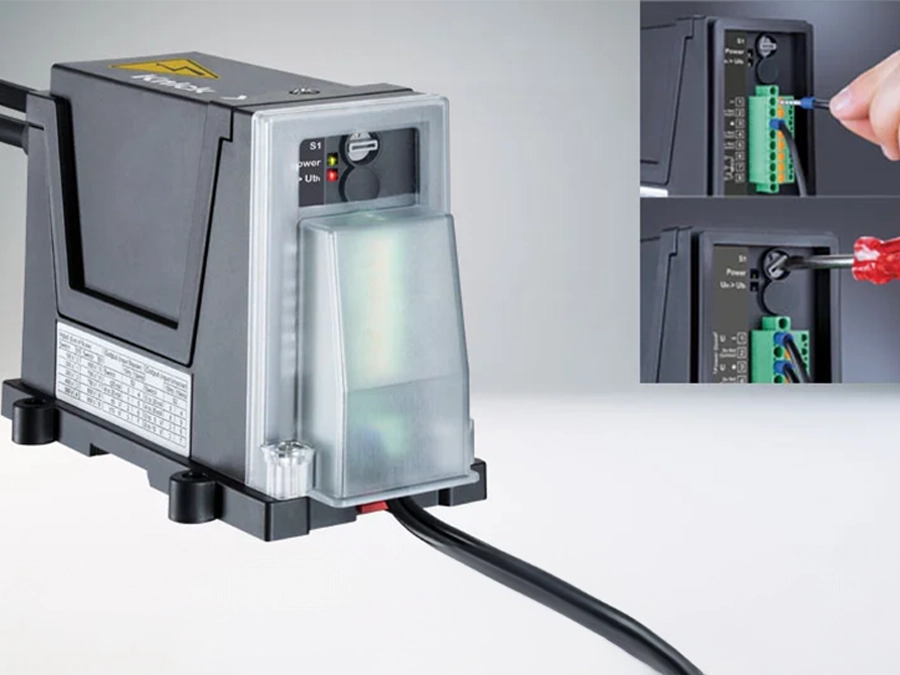A21000 Isolated Standard Signal Conditioner | Input and Output 0(4) … 20 mA or 0 … 10 V | Isolation up to 300 V
Product number:
A21000
Description
A21000 Isolated Standard Signal Conditioner | Input and Output 0(4) … 20 mA or 0 … 10 V | Isolation up to 300 V
The first standard-signal isolation amplifier with broad-range power supply in the 6-mm class.
- Broad-range power supply
24 to 110 V DC (+/-25 %) and 110 to 230 V AC (+/-10 %) - Standards-compliant personal and plant protection
Protective separation according to EN 61140" - 3-port isolation
Prevention of incorrect measure-ments caused by potential differences - Ideal value for money
High accuracy and isolation – 2.5 kV AC test voltage - Easy installation
DIN rail bus connectors allow for easy and extremely cost efficient connection of the power supply to several VariTrans A 21000 or other Knick products in 6 mm housings. - Cost reduction with smaller enclosure
More channels per meter DIN rail thanks to space-saving 6 mm housing and closely packed mounting - Long service life
Extremely low failure rate (MTBF of 280 years) due to reduced self-heating - High accuracy and temperature stability
Gain error 0.2 % and temperature coefficient 0.01 %/K - Calibrated range selection
without complicated readjustments - Easy configuration
DIP switch accessible from outside - Adjustable or fixed-range models
- International use
UL approvals for US and Canada - 5-year warranty
The A21000 isolates, transmits and converts 0 to 20/4 to 20 mA and 0 to 10 V with a high level of accuracy. In spite of its modular housing being only 6 mm wide, the new VariTrans isolation amplifier provides maximum protection of personnel and equipment through protective separation up to a working voltage of 300 V conforming to EN 61140. The test voltage is 2.5 kV AC. It can be supplied with either 24 V DC or 230 V AC.
We look forward to hearing from you!
Contact Us
| Product Category: | Isolated Signal Conditioner |
|---|---|
| Device Type: | Isolated Standard Signal Conditioners |
| Input: | (±)10 V, (±)20 mA, 4 … 20 mA |
| Output: | 0 … 10 V, 0 … 20 mA, 4 … 20 mA |
| Working Voltage, Min.: | 50 V, 300 V |
| Test Voltage: | 2.5 kV, 510 V |
| Fault Class: | < 0.5 % |
| Housing: | 6 mm Modular housing |
| Cutoff Frequency: | < 1 kHz |
| Power Supply: | 24 V AC, 24 V DC, 110 / 115 V AC, 220 / 230 V AC, Broad-range power supply, Others |
| Product Line: | ProLine |






